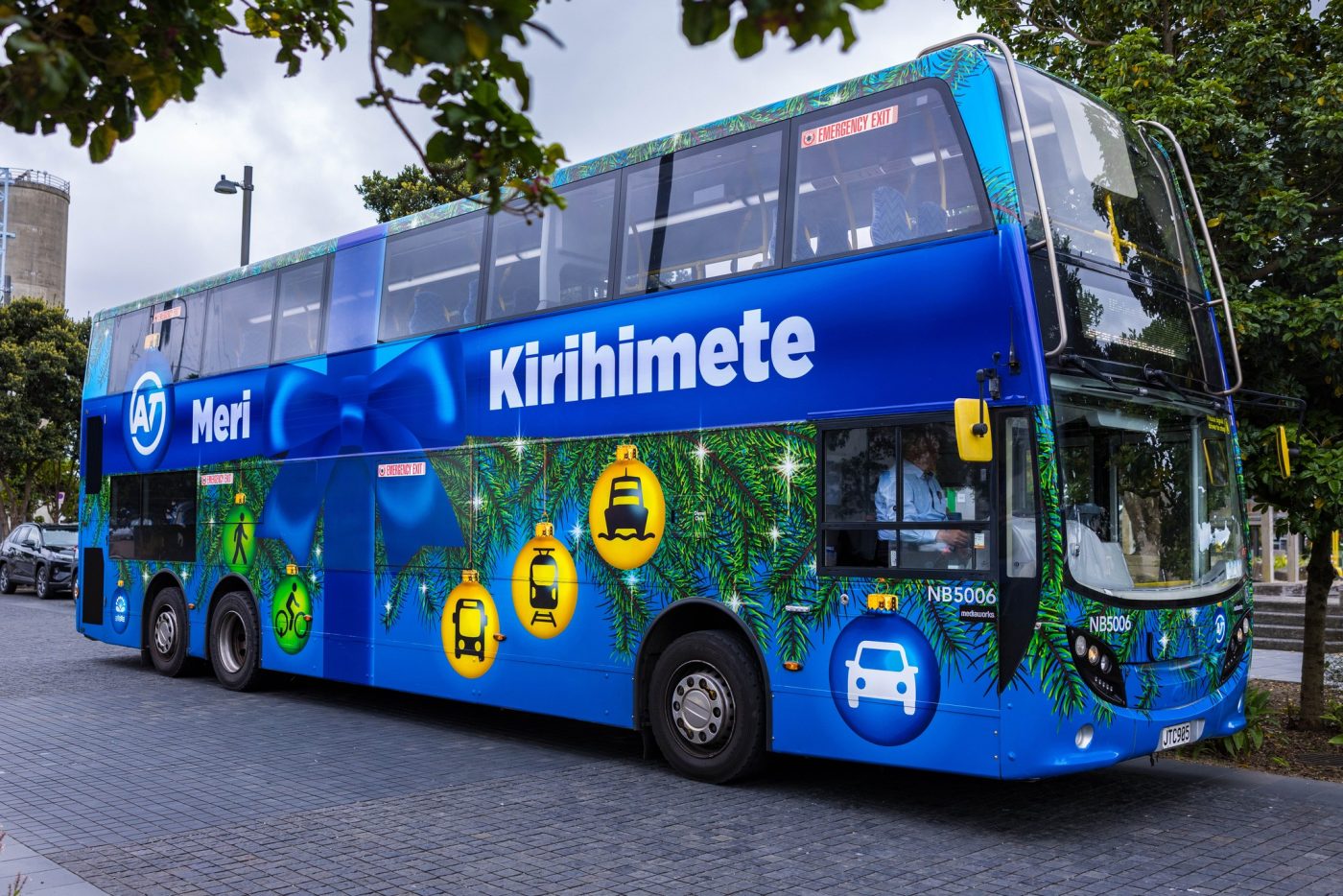
From February 2, Auckland Transport (AT) is simplifying its zone systems and fare structure across buses, trains and ferries.
The organisation says there will be fewer zones to simplify the system, which will also result in fare decreases for some travellers, particularly those travelling the longest distance.
However, the annual public transport fare adjustment means there will be an increase in many fares, ranging between 15 and 25 cents for each bus and train journey, or 20c to $1.40 for ferry journeys or a weighted average 5.2 per cent.
AT director public transport and active modes, Stacey van der Putten, says the annual review of public transport fares is needed to offset substantial increases in operating costs.
“We know any increases add to people’s cost of living and so these are carefully considered, however the cost of running, maintaining and investing in Auckland’s public transport network is also increasing and we need to keep up with this.
“During the Covid-19 pandemic we had two years when we didn’t increase Auckland’s public transport fares despite a sharp increase in operating costs and we’re now effectively playing catch-up.
“Alongside this annual fare adjustment, we’ll continue to investigate options to increase public transport income from commercial sources other than fares.
“It’s important to note the HOP card $50 seven-day fare cap remains unchanged.
“We have approximately 25,000 customers who are close to reaching the $50 fare cap each week and this may help mitigate some of the cost increase for those frequent bus, train and inner harbour ferry customers.”
AT is also implementing structural changes to the city’s transport fare system, simplifying the fares passengers pay when they travel on buses, trains and ferries.
As part of the package of changes, the organisation has already implemented the $50 seven-day fare cap.
With the upcoming fare changes, some Aucklanders will see their bus and train fares reduce, even once the annual fare increase is taken into account.
Van der Putten says earlier this year AT commissioned an independent review of its fare structure, benchmarking against public transport systems around the world.
“The review considered initiatives to make Auckland’s fares simpler and easier for everyone to understand, more equitable for those travelling longer distance, and to ultimately make public transport an easy choice, particularly as our city grows.
“These structural changes themselves, when applied as a whole, are revenue neutral.
“Our key driver for these changes is to bring the most value to people who use our services.”
Overview of the structural changes
Fare zones simplified: Across Auckland the number of fare zones will be consolidated from 14 to nine.
Eight zones will be combined into three new zones. The following outlines the new zones:
- East Coast/South Rodney zone is created by consolidating Helensville, Huapai, Hibiscus Coast and Upper North Shore zones.
- Northern Manukau zone is created by merging Manukau North and Beachlands zones
- Southern Manukau zone is created by merging Manukau South and Franklin zones
Examples how zone consolidation benefits some customers:
- An adult customer using HOP or contactless payments travelling from the Hibiscus Coast to go to Albany, from February 2, will only pay a one-zone fare of $2.80 instead of $4.65 per journey.
- Or if they commute from Hibiscus Coast to the city, they’ll save $0.85 ($7.40 to $6.25 per journey), as they are now only travelling three zones, not four.
- Customers travelling from Beachlands to Botany will save $1.65 ($4.45 to $2.80 per journey) as they’re now only travelling one zone, not two.
Simplifying the fare table to four zones: Bus or train customers will only be charged for travelling a maximum of four zones, even if they travel across five or more zones.
Communities living furthest from the city will benefit directly from this simplification.
Removing off-peak discount: 10 per cent off-peak discount was introduced as an incentive to help manage capacity at peak times, but it hasn’t had the impact hoped for.
As a result, AT decided to remove the discount in favour of other fare improvements.
Ferries now have separate prices: Since ferries were added to the AT HOP system in 2020, AT hasn’t been able to adjust ferry fares proportionately with ferries’ increasing operational costs.
By moving ferry services to separate fare prices AT can adjust ferry fares independently without this affecting bus or train fares.
An increase in ferry fares will be implemented as part of the change (adult HOP/contactless fares will increase by $1.40 per journey).








